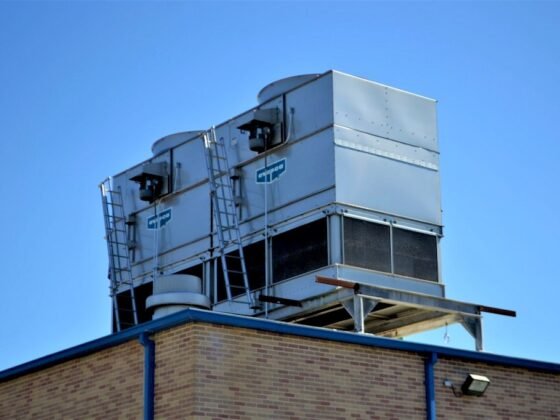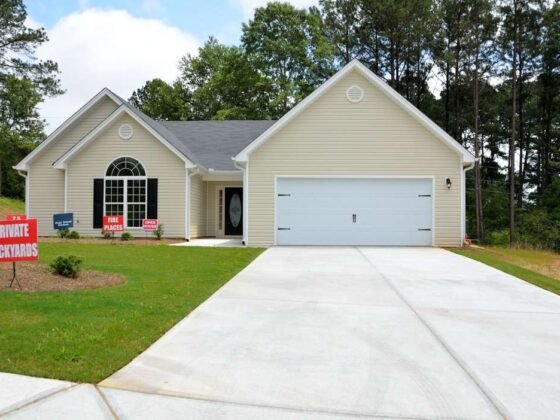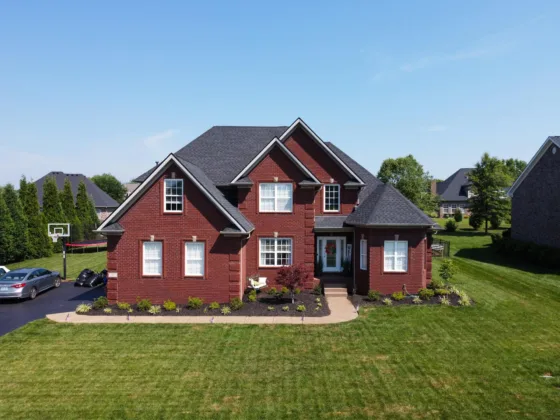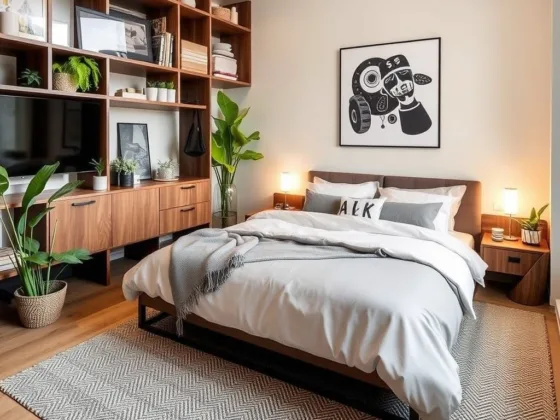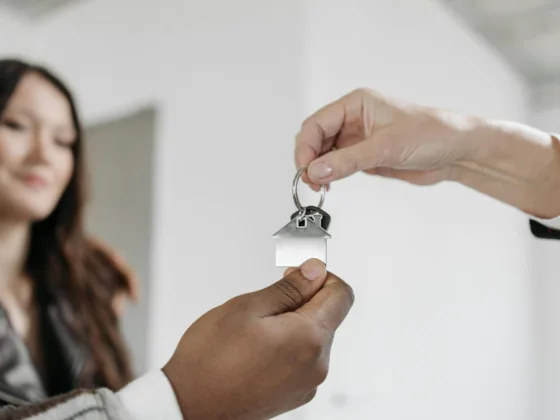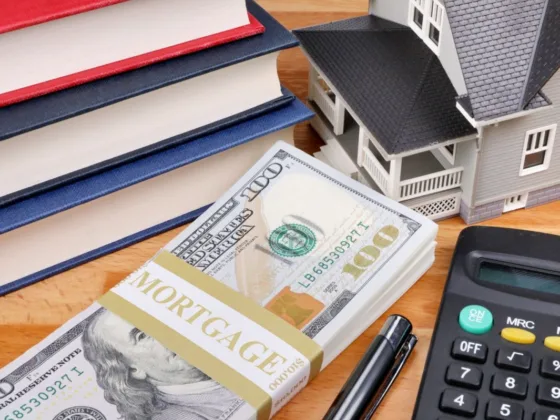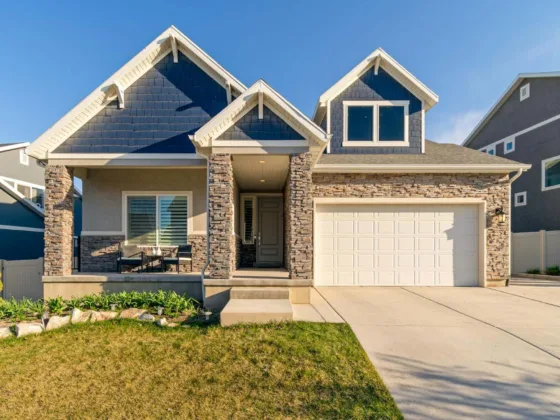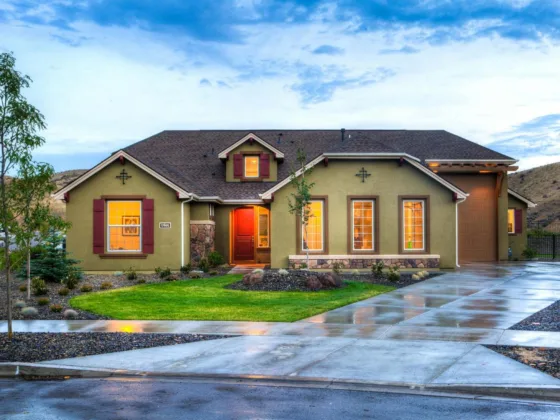Table of Contents Show
It’s safe to say that when 2020 started, renters, homeowners, and investment buyers alike had no idea what was in store for them.
Experts had already projected a slowdown in rent increases, fewer home purchases, and an overall slower economy for the year, but the idea that a pandemic would shut down entire cities and countries around the world was unprecedented to most people.
For now, the reality of these trends in the real estate market is still on their expected paths.

Read Also:
1. Increases in Rent Will Slow
Real estate investors are currently working in a low-growth, low-inflation environment, which means their ability to increase rent prices has slowed as well.
This is especially true for commercial property owners of retail stores, office spaces, and multifamily housing, where the economic slowdown is evident despite valuation still being solid.
Currently, properties for industrial and technological purposes, such as data centers, are still seeing strong growth, but are expected to moderate in the near future.
Class A multifamily properties have already moderated, but Class B units aren’t expected to slow down anytime soon.
In fact, because tenants are all vying for affordable rental options, these ones are expected to continue to rise due to demand.
2. The Gap Between Homeowners and Renters Will Widen
Many large markets saw a surge in the cost of homes over the last few years that left more people than ever unable to consider purchasing a single-family home.
High home prices have always been common in cities like San Francisco and New York, but many people are hard-pressed to find affordable homes in once-affordable cities like Charlotte, Columbus, and Nashville these days.
This is both good and bad news for people who invest in real estate properties. Those who already own property will see a steady stream of available renters. On the other hand, investors who were hoping to get their foot in the door on rental properties are better off waiting.
High rents on single-family homes are not sustainable for most people right now. In fact, creative investors are separating their single-family homes into multiple apartment units in a move to increase their profits.
3. Hotels and Other Recreational Properties Are at an Impasse
When the Urban Land Institute released its 2020 Emerging Trends in Real Estate Report, the official stance was that hotel investors were cautiously optimistic.
In 2019, hotels saw lower-than-expected revenue increases, and occupancy was already expected to decline slightly in 2020.
Four months into the year, hotels all over the world are seeing less business due to travel restrictions, shelter-in-place orders, and other concerns amid the COVID-19 epidemic.
In addition to unexpected, prolonged shutdowns of their properties, hotel investors like Will Obeid must also consider the current political climate, which threatens to cause a slowdown in international travel even after the World Health Organization deems it safe to do so.
For now, these investors intend to take a “business as usual” approach until travel bans are lifted and they see how long it takes for a business to resume as normal.
4. Destination Neighborhoods Will Go the Tiny Route
Destination neighborhoods in Los Angeles, New York City, and other popular cities around the world are becoming less and less affordable for the people who live in them.
Landlords are no longer raising rents since they can’t afford to lose tenants, and developers are looking for creative ways to accommodate people who want to live in these neighborhoods but can’t afford an apartment or even a traditional roommate situation.
Renters who still wish to live alone can rent micro flats in many American cities now, but even at 600 square feet or less, it’s a costly option. Perhaps that’s why other developers have gone the route of co-living spaces.
These month-to-month options house anywhere from 2-38 adults in a single space, providing them with dorm-style living that features quiet spaces, strict quiet hours, and very little privacy.
Still, if you want to live in a hot neighborhood and don’t mind the community vibe, $1,000-$2,000 per month on a month-to-month basis isn’t bad for Los Angeles.
5. Millennials Will Head to the Suburbs
Millennials are discovering the benefits of suburbia, especially in cities where traveling from the suburbs to the cultural diversity of the center of the city takes just a few minutes.
Touted as “hipsturbias” by one report on emerging trends in real estate. suburban areas are typically about 30% cheaper than their downtown counterparts and are often more family-friendly for those Millennials who are having children and getting married.
Still, urban jobs and vibrant nightlife won’t have them straying too much further away, especially because developers are realizing the opportunities they have to bring hip cafes, bars, and gyms to these suburbs.
Right now, renters and investors alike are taking things day by day, likely all wondering “what happens next” as the news unfolds.
The full impact of the COVID-19 pandemic on real estate won’t be measurable until people get better, borders re-open, and buying and selling property picks up the pace again.
Until then, all any renter or investor can do is to keep their current investments or rented units clean and functional and to watch for the glimmer of hope at the end of the tunnel.
